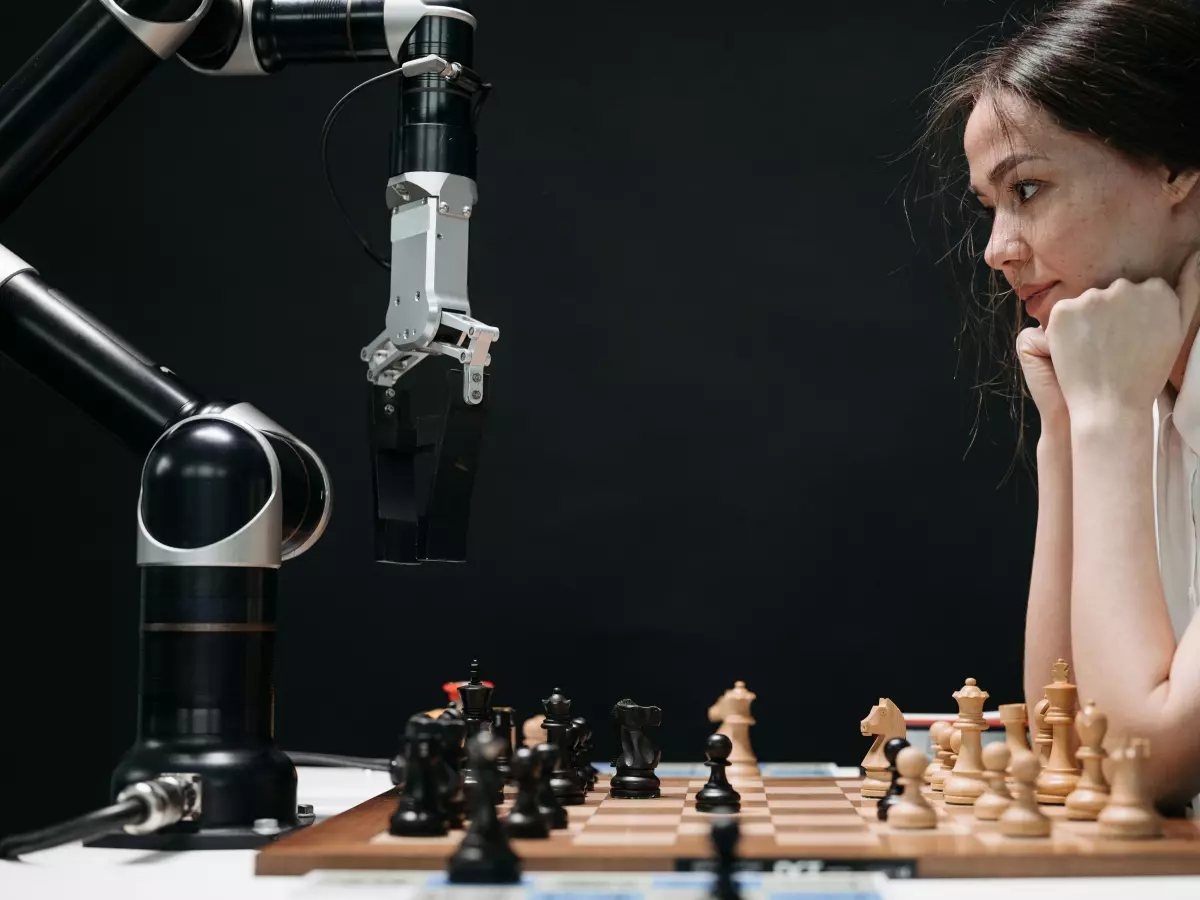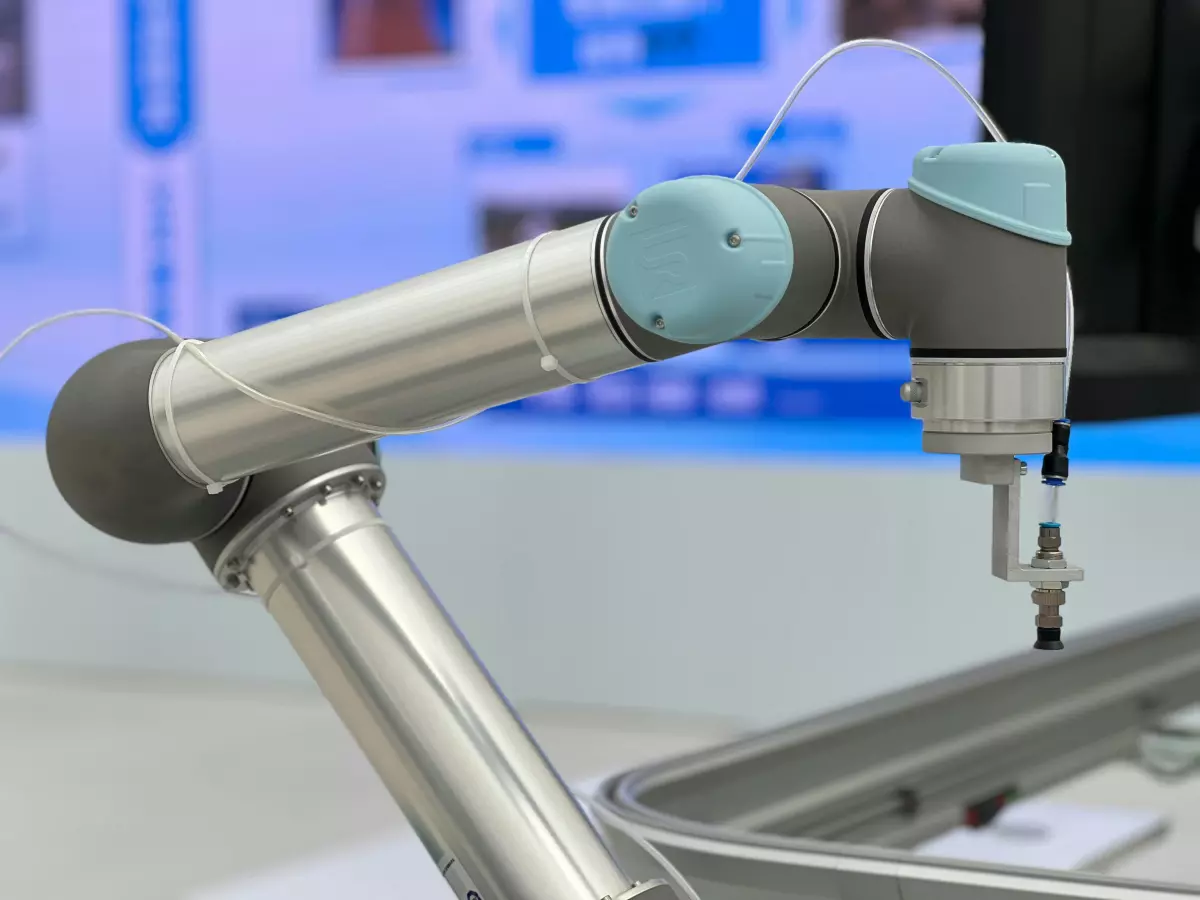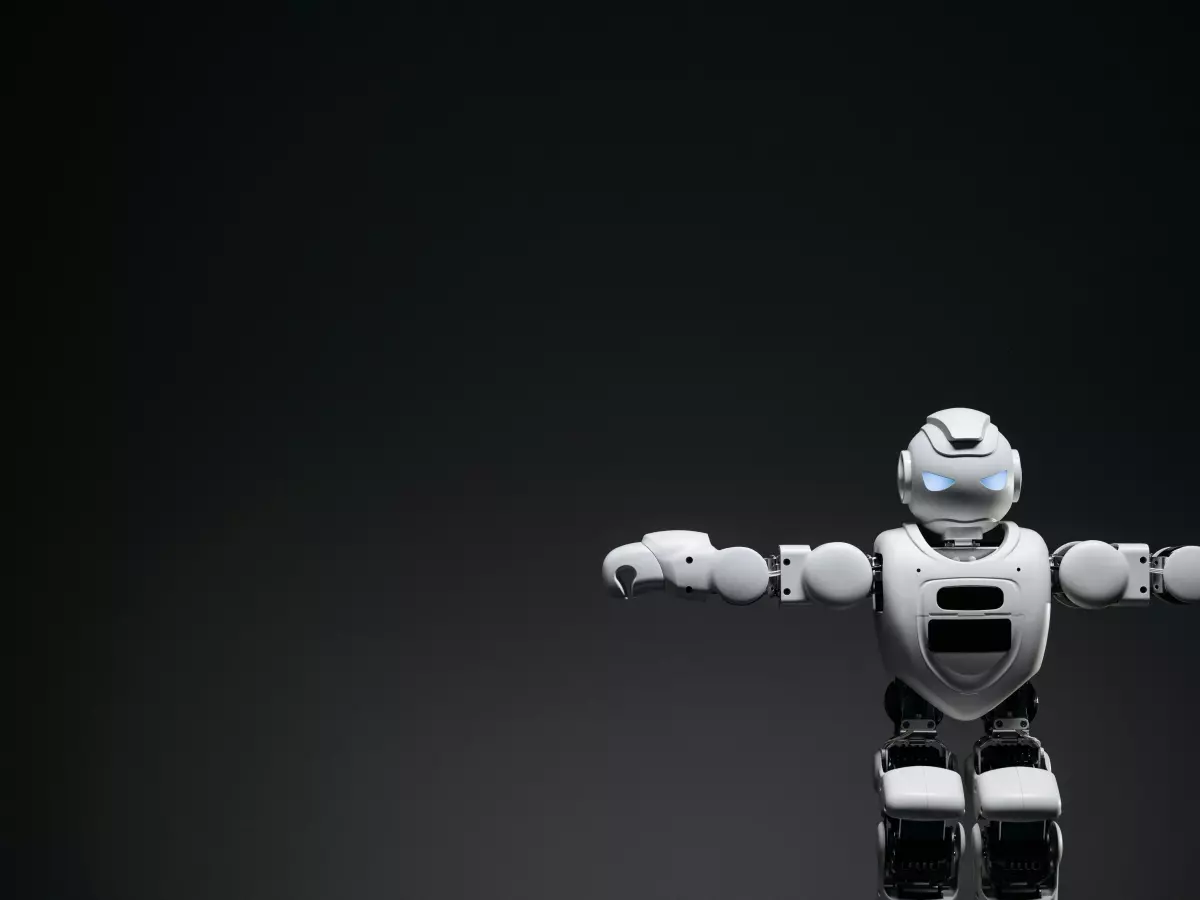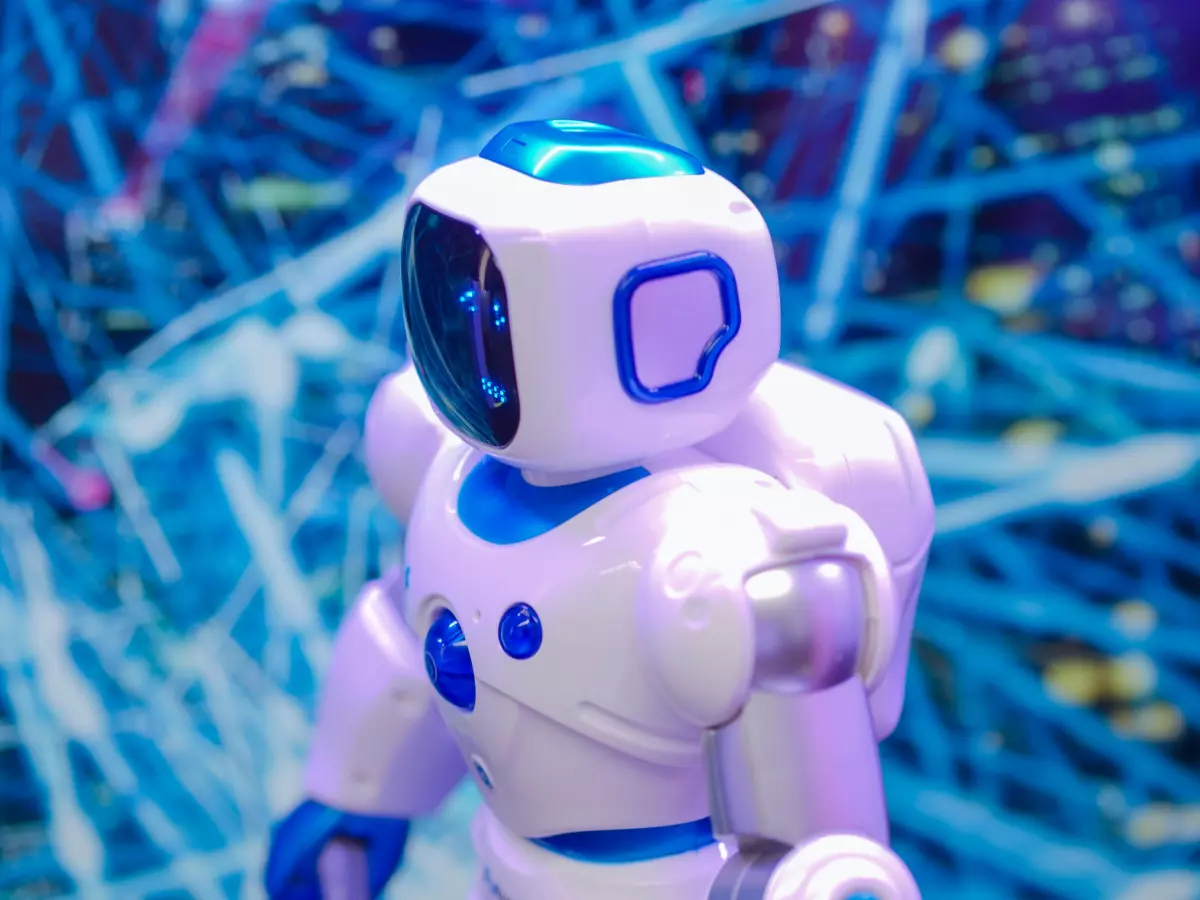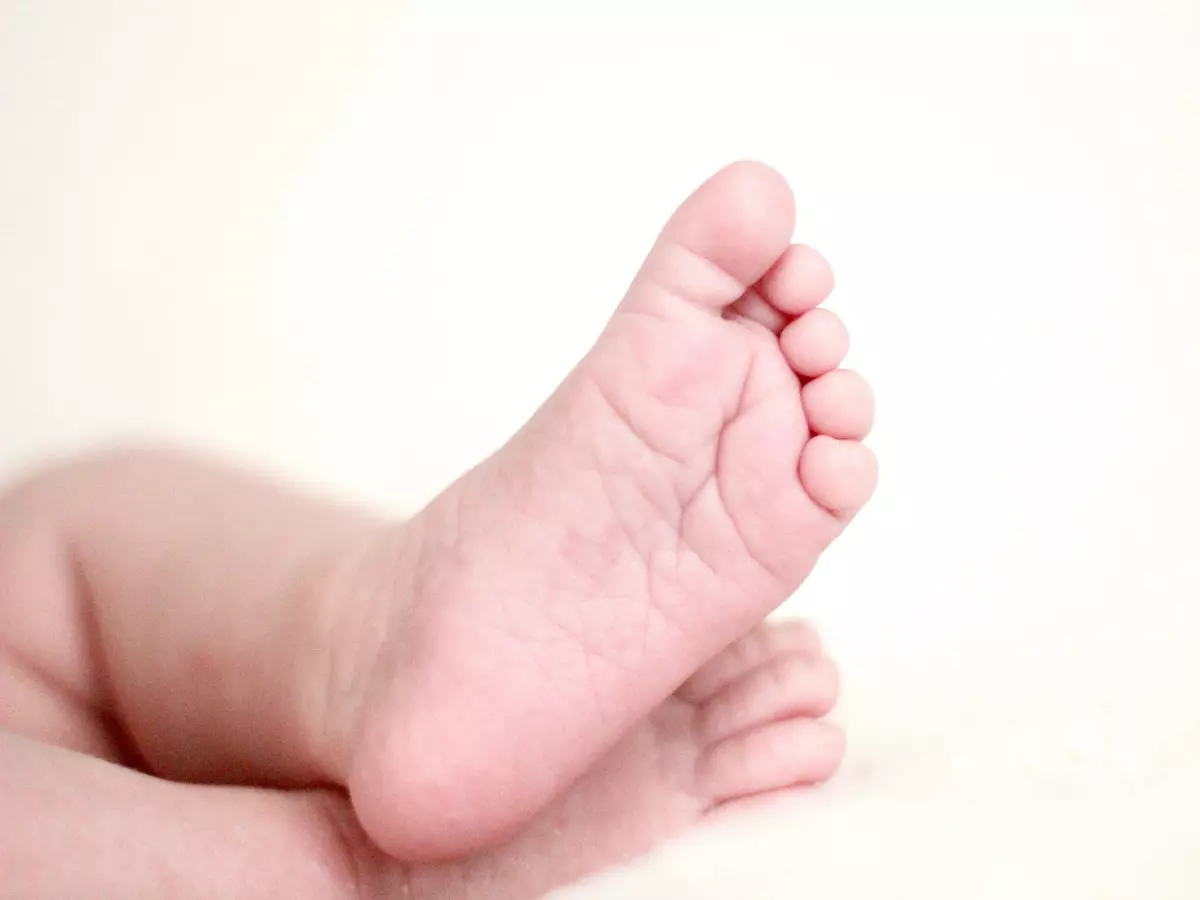Grasping the Future
Humanoid robots are getting better at grasping objects, but what’s really going on behind the scenes to make that happen? Let’s break it down.
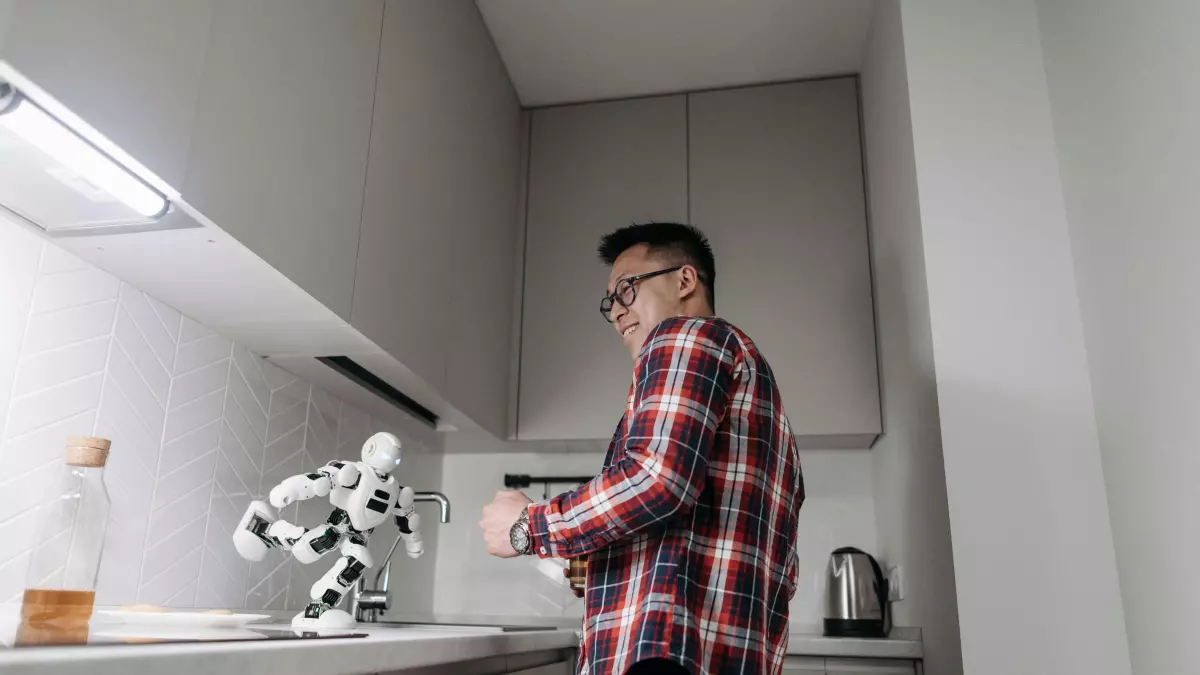
By Mia Johnson
Remember the early days of humanoid robots? Back when they could barely pick up a cup without either crushing it or sending it flying across the room? Yeah, those were the days. It was like watching a toddler try to grab a toy for the first time—awkward, clumsy, and, let’s be honest, kind of hilarious. But fast forward to today, and we’ve got robots that can handle everything from delicate glassware to complex tools with surprising finesse. So, what changed? How did we go from clunky, mechanical hands to robots that can grasp objects almost as naturally as humans?
Well, it’s all about design, sensor integration, and some seriously advanced motion control algorithms. The evolution of humanoid robot grasping has been a wild ride, and it’s not just about making the hands look human. It’s about making them function like human hands—capable of adjusting grip strength, adapting to different shapes, and even sensing when something is about to slip. Let’s dive into the tech that’s making this possible.
Design: It’s Not Just About Fingers
First things first, let’s talk about the design of humanoid robot hands. While it might seem like the goal is to make them look as human as possible, that’s not always the case. In fact, some of the most advanced humanoid robots have hands that look more like a sci-fi movie prop than a human hand. Why? Because form follows function. The goal isn’t to make a perfect replica of a human hand—it’s to create a hand that can perform the same tasks as a human hand, or even better.
One of the key design elements in modern humanoid robot hands is the use of modular fingers. These fingers are often made up of multiple joints, allowing for a wide range of motion. But here’s the kicker: they’re not rigid. Instead, they’re designed to be flexible, which allows the robot to adjust its grip based on the shape and size of the object it’s holding. This flexibility is crucial for tasks that require precision, like picking up a fragile object or manipulating a small tool.
Another important design feature is the use of soft materials. Some humanoid robots have hands made from soft, flexible materials that mimic the feel of human skin. This not only helps with grip but also reduces the risk of damaging delicate objects. Plus, it just feels more natural—both for the robot and for any humans interacting with it.
Sensors: The Robot’s Sense of Touch
Now, let’s talk about sensors. If you’ve ever tried to pick up something without looking at it, you know how important your sense of touch is. The same goes for humanoid robots. Without sensors, they’d be flying blind, unable to adjust their grip or even know if they’ve successfully picked up an object.
One of the most important sensors in humanoid robot hands is the force sensor. These sensors are typically embedded in the fingertips and palms, allowing the robot to measure how much pressure it’s applying to an object. This is crucial for tasks that require a delicate touch, like picking up a fragile object or handling something slippery. If the robot applies too much pressure, it could crush the object. Too little, and it might drop it.
Another key sensor is the tactile sensor. These sensors give the robot a sense of texture, allowing it to adjust its grip based on the surface of the object. For example, if the robot is picking up a smooth, slippery object, it might need to apply more pressure to keep it from slipping. On the other hand, if it’s handling a rough, grippy object, it can afford to use a lighter touch.
Finally, there’s the proximity sensor. These sensors help the robot detect when it’s close to an object, allowing it to adjust its approach and grip accordingly. This is especially useful for tasks that require precision, like picking up a small object or threading a needle.
Motion Control Algorithms: The Brain Behind the Grasp
Of course, all the sensors in the world wouldn’t be much use without some serious brainpower to back them up. That’s where motion control algorithms come in. These algorithms are responsible for processing the data from the sensors and using it to adjust the robot’s movements in real-time.
One of the most important algorithms in humanoid robot grasping is the force control algorithm. This algorithm uses data from the force sensors to adjust the robot’s grip strength based on the object it’s holding. For example, if the robot detects that it’s holding a fragile object, the algorithm will reduce the grip strength to avoid damaging it. On the other hand, if the robot is holding something heavy or slippery, the algorithm will increase the grip strength to keep it from slipping.
Another key algorithm is the trajectory planning algorithm. This algorithm is responsible for determining the best path for the robot’s hand to take when reaching for an object. It takes into account factors like the size and shape of the object, as well as any obstacles in the robot’s environment. This ensures that the robot can reach for and grasp objects in a smooth, efficient manner.
Finally, there’s the slip detection algorithm. This algorithm uses data from the tactile sensors to detect when an object is about to slip out of the robot’s grasp. If the algorithm detects that an object is slipping, it will adjust the robot’s grip strength or reposition the hand to prevent the object from falling.
The Future of Humanoid Robot Grasping
So, what’s next for humanoid robot grasping? Well, we’re already seeing some pretty amazing advancements in this area, but there’s still a lot of room for improvement. One of the biggest challenges is creating robots that can grasp objects in unpredictable environments. While current robots are great at handling objects in controlled settings, they often struggle when faced with unfamiliar objects or environments.
Another area of development is the integration of machine learning. By using machine learning algorithms, robots could learn to improve their grasping abilities over time, adapting to new objects and environments without the need for human intervention. This could open up a whole new world of possibilities for humanoid robots, allowing them to perform tasks that were previously thought to be too complex.
In the end, the goal is to create humanoid robots that can grasp objects as naturally and efficiently as humans. And while we’re not quite there yet, we’re definitely getting closer. So, the next time you see a robot pick up a cup without smashing it, just remember—there’s a lot more going on behind the scenes than meets the eye.
